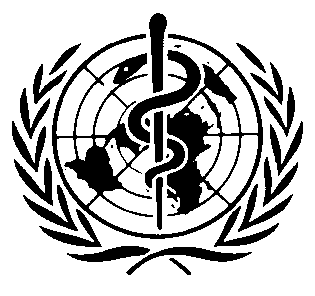International Chemical Safety Cards
| 1,1,1,2-TETRACHLORO-2,2-DIFLUOROETHANE | ICSC: 1420 |




CFC-112a C2Cl4F2 / ClF2CCCl3 Molecular mass: 203.8 CAS # 76-11-9 RTECS # KI1425000 November 27, 2003 Peer reviewed |
| TYPES OF HAZARD/ EXPOSURE | ACUTE HAZARDS/ SYMPTOMS | PREVENTION |
FIRST AID/ FIRE FIGHTING |
| FIRE |
Not combustible.
Gives off irritating or toxic fumes (or gases) in a fire.
|
|
In case of fire in the surroundings: use appropriate extinguishing media.
|
| EXPLOSION |
|
|
|
| EXPOSURE |
|
|
|
| •INHALATION |
Cough.
Sore throat.
Laboured breathing.
Shortness of breath.
Cardiac arrhythmia.
Confusion.
Drowsiness.
Unconsciousness.
|
Ventilation, local exhaust, or breathing protection.
|
Fresh air, rest.
Half-upright position.
Artificial respiration may be needed.
Refer for medical attention.
See Notes.
|
| •SKIN |
|
Protective gloves.
|
Rinse and then wash skin with water and soap.
|
| •EYES |
|
Safety spectacles.
|
First rinse with plenty of water for several minutes (remove contact lenses if easily possible), then take to a doctor.
|
| •INGESTION |
|
Do not eat, drink, or smoke during work.
|
Rinse mouth.
|
| SPILLAGE DISPOSAL | STORAGE | PACKAGING & LABELLING | ||
|
Sweep spilled substance into covered containers; if appropriate, moisten first to prevent dusting.
Carefully collect remainder,
then remove to safe place.
Do NOT let this chemical enter the environment.
|
See Chemical Dangers.
Well closed.
|
R: S: |
||
| SEE IMPORTANT INFORMATION ON BACK | ||||
|
||||
